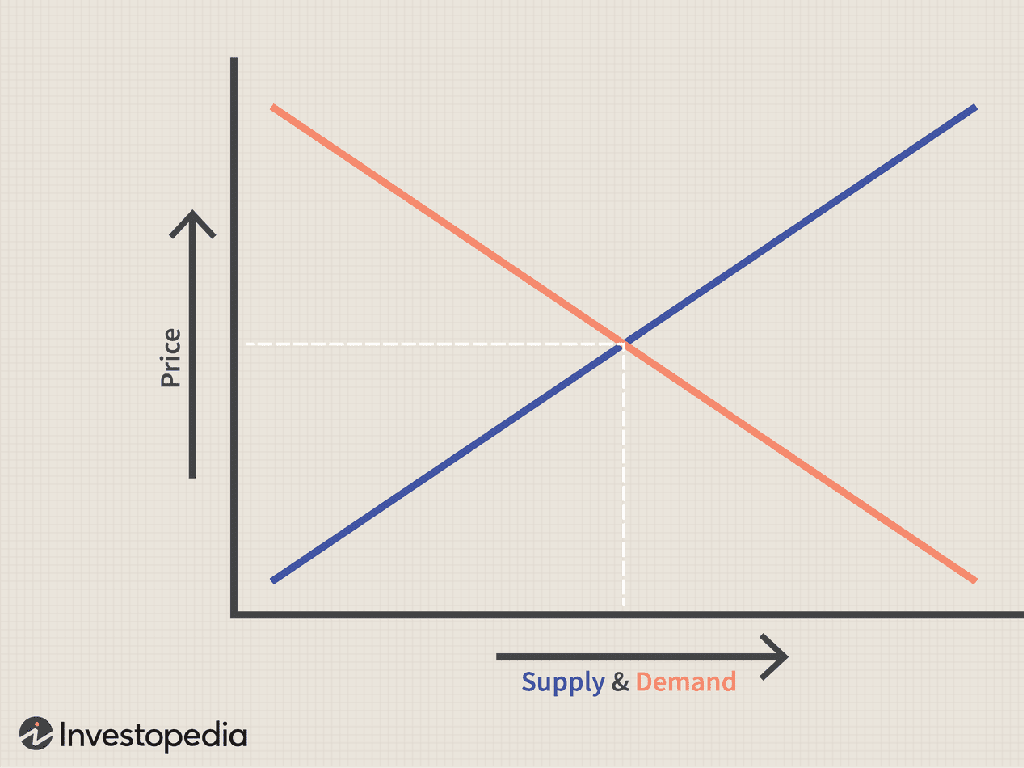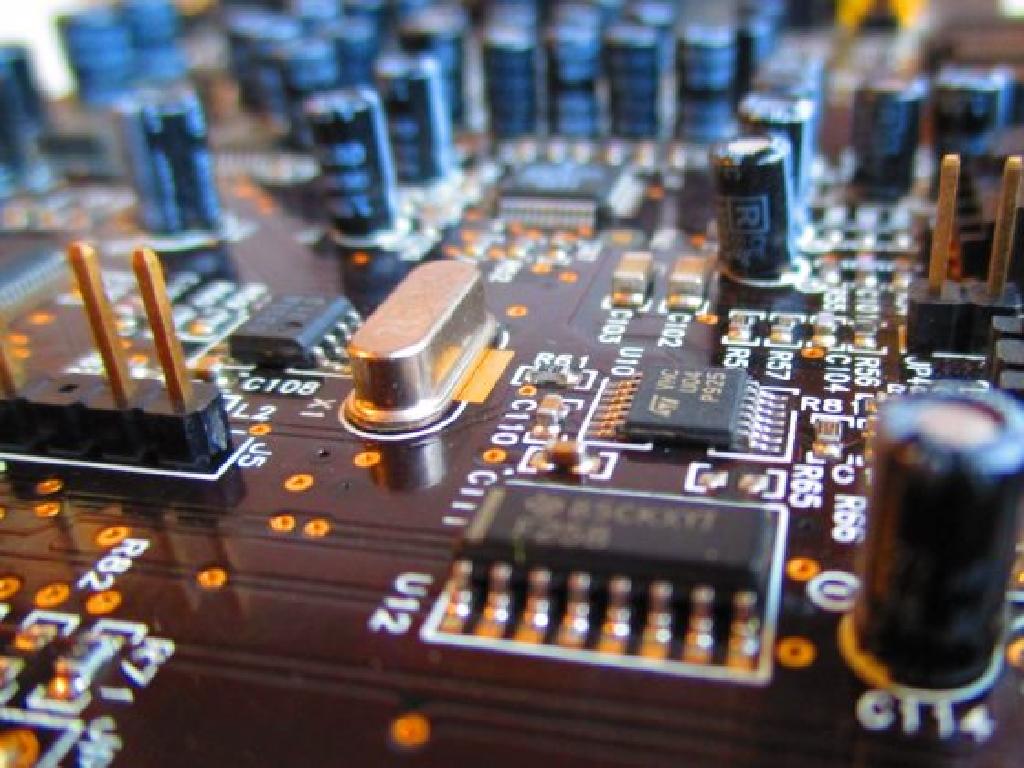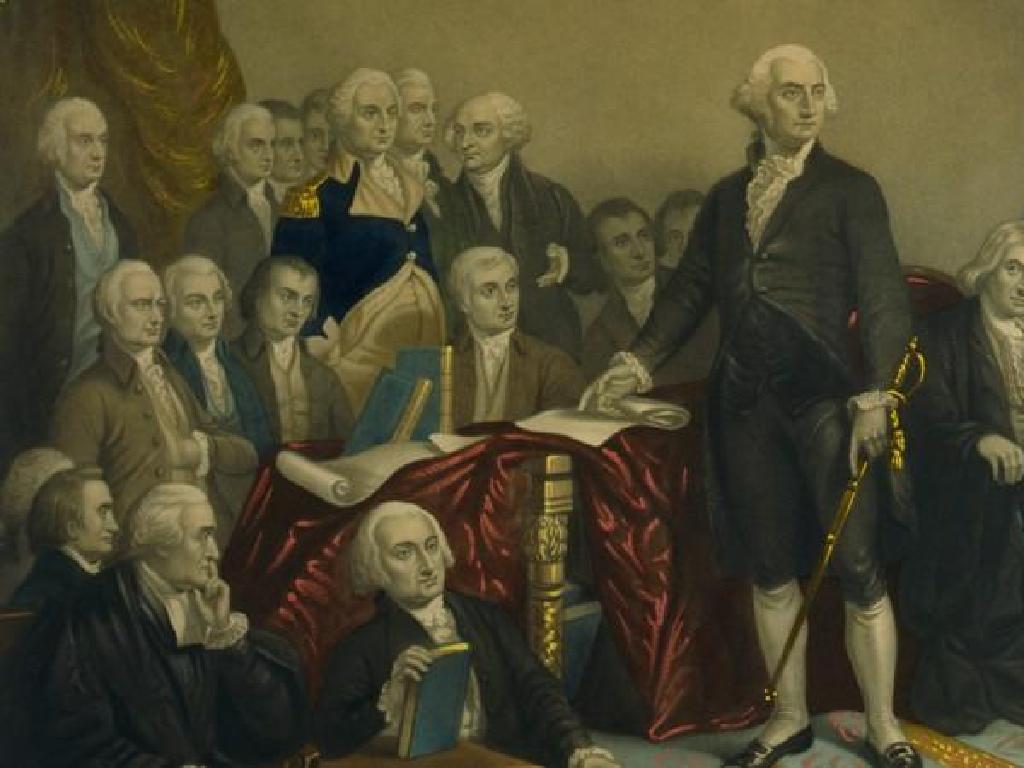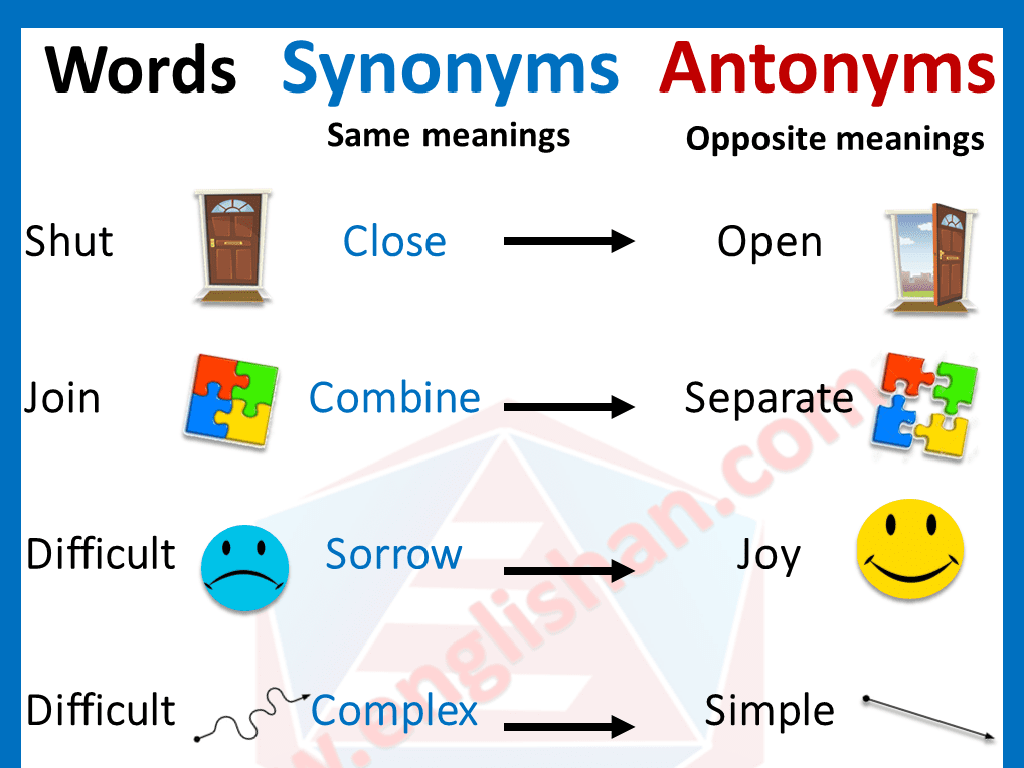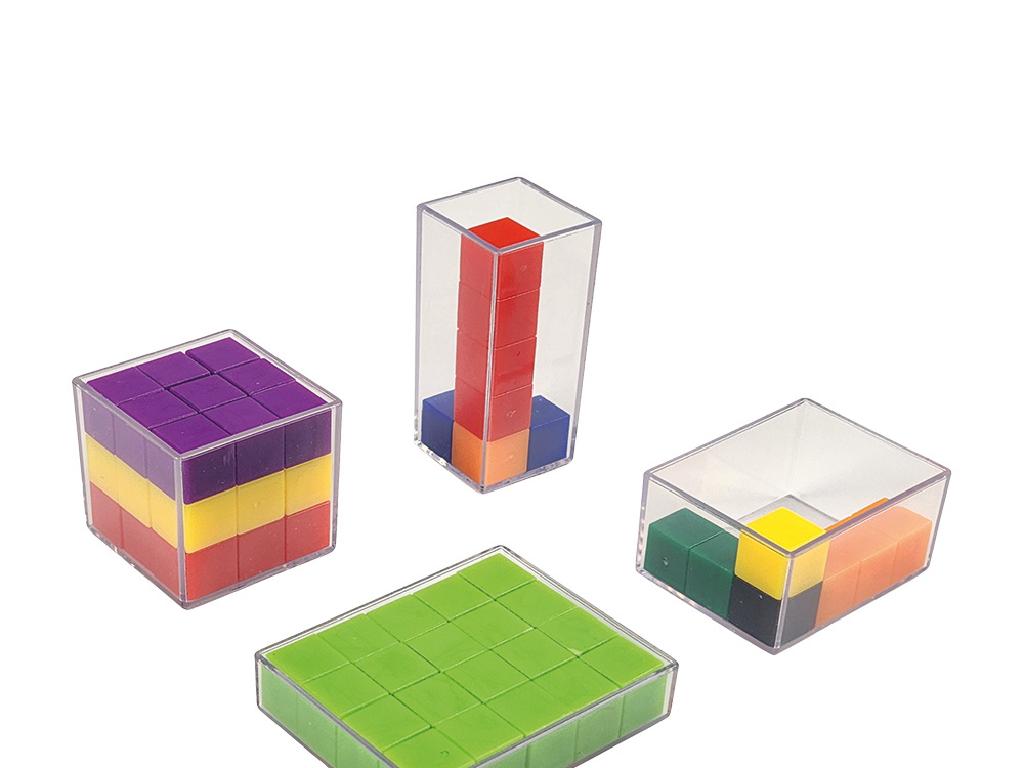Ramadan
Subject: Social studies
Grade: Second grade
Topic: Cultural Celebrations
Please LOG IN to download the presentation. Access is available to registered users only.
View More Content
Exploring Ramadan: A Cultural Celebration
– Cultural celebrations around the world
– Why understanding cultures is important
– Learning about others helps us respect and appreciate diversity
– Introduction to Ramadan
– Ramadan is a holy month for Muslims with fasting and reflection
– Significance of Ramadan for Muslims
– It’s a time for prayer, giving, and family
|
This slide introduces students to the concept of cultural celebrations, emphasizing the importance of understanding and respecting different cultures. It serves as an entry point to discussing Ramadan, a significant month for Muslims worldwide. During Ramadan, Muslims fast from dawn to sunset, engage in extra prayers, and perform acts of charity. It’s a period of spiritual reflection and community. Highlight the universal values of empathy, generosity, and togetherness that Ramadan represents. Encourage students to think about their own traditions and how they bring people together, fostering a connection between their experiences and the new concepts they are learning about.
Understanding Ramadan
– Ramadan: a holy Muslim month
– A time for fasting and reflection
– Muslims don’t eat or drink from dawn to sunset, focusing on being better people.
– Prayer and community are key
– Muslims pray more, do good deeds, and spend time with family and friends.
– The crescent moon starts Ramadan
– When we see the moon’s thin shape, Ramadan begins.
|
This slide introduces students to the concept of Ramadan, a significant and sacred period for Muslims around the world. It’s a time when Muslims fast from sunrise to sunset, which means they do not eat or drink. This practice is meant to teach self-discipline and empathy for those less fortunate. Prayer and community gatherings are also emphasized, as they strengthen bonds and encourage reflection on one’s life and actions. The start of Ramadan is marked by the sighting of the crescent moon, which is an exciting event for Muslim communities. Teachers can explain that the crescent moon is like a signal for a special month to begin. Encourage students to think about what it means to reflect on their actions and to consider how different communities come together to celebrate important traditions.
The Significance of Fasting During Ramadan
– Fasting from dawn to sunset
– Teaches self-discipline and empathy
– Skipping meals helps us understand how people without food feel
– Fasting is a key Islamic practice
– It’s one of the Five Pillars, important rules Muslims follow
– Reflects caring for others
– We learn to help people who don’t have as much as we do
|
This slide aims to explain the importance of fasting during Ramadan to second-grade students. Fasting is not eating or drinking from when the sun comes up until it goes down. It helps Muslims practice self-control and feel what it’s like for people who don’t have enough food. Fasting is also one of the Five Pillars of Islam, which are like big rules that guide Muslims in their faith. By fasting, Muslims show they care about others, especially those who are less fortunate. Teachers can discuss the concept of empathy and relate it to sharing and caring behaviors in the classroom. Encourage students to think of ways they can show empathy and care in their daily lives.
Ramadan Activities
– Praying and Quran reading
– Muslims pray and read the Quran daily.
– Attending Taraweeh prayers
– Special prayers at night during Ramadan.
– Gathering for Iftar
– Families and friends eat together after sunset.
– Sharing with the needy
– Giving to those less fortunate is encouraged.
|
This slide introduces students to the key activities that take place during the Islamic holy month of Ramadan. It’s important to highlight the spiritual significance of prayer and reading the Quran during this time. Taraweeh prayers are a special part of Ramadan nights that many Muslims attend. Iftar is the meal eaten by Muslims after sunset during Ramadan to break their fast, and it’s often a time for community gatherings. Emphasize the value of sharing and caring for others, as giving to the needy is a significant part of the Ramadan spirit. Encourage students to think about how these activities create a sense of community and charity.
Eid al-Fitr: Celebrating Together
– Eid marks end of Ramadan
– Dressing up in new clothes
– Wearing bright, festive outfits
– Giving gifts to loved ones
– Exchanging presents with family
– Enjoying special meals together
– Sharing delicious food and sweets
|
Eid al-Fitr, known as the Festival of Breaking the Fast, is a joyous celebration that marks the end of the holy month of Ramadan. It’s a time when people wear new, often brightly colored clothes to symbolize a fresh start. Gift-giving is a common practice to show love and strengthen bonds among family and friends. Special meals, particularly sweet dishes, are prepared and shared to enjoy together, fostering a sense of community and gratitude. Encourage students to think about their own experiences with celebrations and how they make them feel happy and thankful.
Respecting All Cultures: Ramadan
– Learning about Ramadan
– Ramadan is a month of fasting and reflection for Muslims.
– Unique traditions are special
– Every culture has its own way of celebrating important days.
– Being kind to everyone
– Understanding different cultures
– It’s good to learn about and respect each other’s traditions.
|
This slide aims to teach students about the importance of respecting and appreciating different cultures through the example of Ramadan. Explain that Ramadan is a significant time for Muslims, who fast from sunrise to sunset, and it’s a period for them to be thoughtful and charitable. Highlight that every culture has unique traditions, just like how they might celebrate their own holidays or family traditions. Emphasize the importance of kindness and understanding towards all people, regardless of their background or beliefs. Encourage students to ask questions and share their own experiences with different cultural celebrations to foster an inclusive classroom environment.
Class Activity: Make a Ramadan Greeting Card
– Create your own Ramadan card
– Choose colors and symbols
– Think of moons, stars, and lanterns
– Write a kind message inside
– ‘Happy Ramadan’ or ‘Ramadan Kareem’
– Share and explain your card
– Tell a friend what Ramadan means
|
This activity is designed to engage students with the cultural aspects of Ramadan through a creative project. Provide students with construction paper, markers, crayons, and any other craft supplies they might need. Encourage them to use traditional Ramadan colors like gold, green, and blue, and symbols such as crescent moons and stars. Guide them to write a friendly message inside the card. Once completed, students should pair up to exchange cards and discuss what they’ve learned about Ramadan. This will help reinforce their understanding of the holiday and its significance. Possible variations of the activity could include making a card for a family member, creating a class bulletin board with all the cards, or even learning a Ramadan song to sing while they work.

